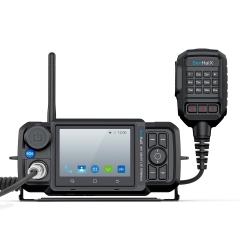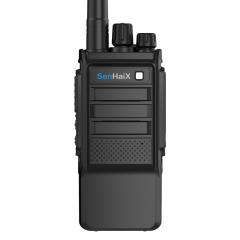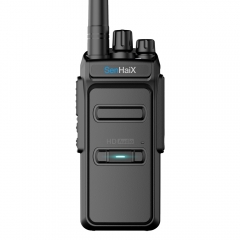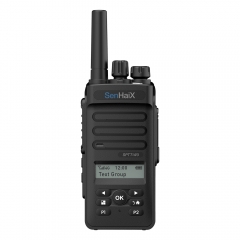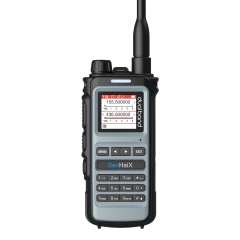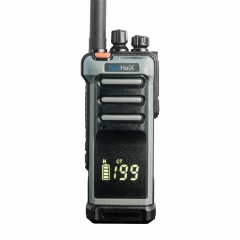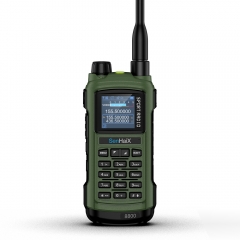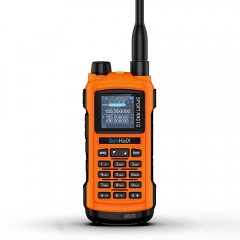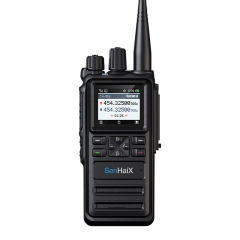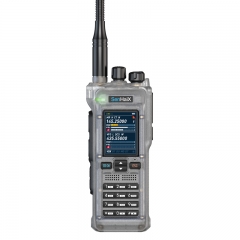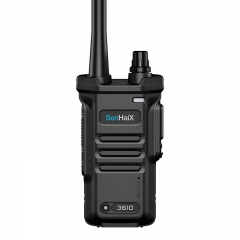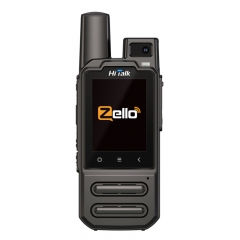One of the key differences between UHF and VHF is their frequency range. VHF frequency ranges from 30 MHz to 300 MHz while UHF frequency ranges from 300 MHz to 3 GHz. This means that UHF has a higher frequency range than VHF. Due to its higher frequency, UHF is used for shorter range communication, while VHF is used for long-range communication. For example, VHF is commonly used in radio broadcasting, while UHF is used for wireless microphone systems.
Frequency and wavelength are inversely proportional to each other. So, a higher frequency has a shorter wavelength. Thus, UHF has a shorter wavelength than VHF. Due to its shorter wavelength, UHF has a stronger and more focused signal, making it suitable for line-of-sight communication. On the other hand, VHF has a longer wavelength, which allows it to penetrate obstacles better. This makes it ideal for long-distance communication.
Propagation is a term used to describe how a signal travels in a particular frequency band. UHF signals are generally line-of-sight and do not pass through obstructions well, which means that they cannot travel through walls or other obstacles. This also makes UHF ideal for communication in crowded areas like cities. VHF signals, on the other hand, have a longer wavelength that can easily pass through various obstacles and can even travel over the horizon. This makes them apt for long-range communication in rural areas.
In conclusion, UHF and VHF are different in their frequency range, wavelength, propagation, and applications. While both have advantages and disadvantages, they are both essential to different types of communication systems. Understanding these differences can help in making informed decisions while selecting a communication system that suits a specific need. So, it all comes down to the specific use case and application requirement.


















